UPDATE NOV 2011 – Since this interview Samuel Cockedey and Woob have collaborated for a second time with a short film – “Return to the City” – Time-lapse Re-imagined. Details and preview can be found HERE Continue on for the full interview.
Ever since I saw Koyaanisqatsi (years after it came out) I have had a love for all types of time-lapse photography. Recently I discovered the work of Samuel Cockedey. A Frenchman based in Tokyo Samuel only relatively recently got involved with the art form but has already amassed a body of work that contains some of the most spectacular time-lapse shots of the city. Last week he kindly took time out to answer some questions about his work.
S9: Explain the process behind a typical shot.
SC: You need the right combination of location, timing, and weather. I do a lot of walking during the weekends to find interesting places to shoot from. I usually have a list of spots in mind and try to go whenever I have time and the weather seems interesting. It’s a fantastic excuse to keep exploring the city. One great thing about shooting time lapses is that it forces you to slow down and do something you normally don’t: stop, watch and enjoy. It’s a time for contemplation. Most people have a quick look at a view and then move on to something else. But when you shoot a place for several hours, you can really let the view sink in, get a real sense of the surroundings, the noises, the smells, the small details. I guess you could call that a form of slow tourism.
S9: How did you first get involved with time-lapse photography?
SC: About three years ago I came across a few time lapse videos that I found really interesting. I was especially fascinated by the works of Anthony Powell (www.frozensouth.com), who has been shooting for several years in Antarctica. The combination of time lapse imagery and frozen landscapes seemed surreal. It was one of the first times I saw time lapse footage, produced by an individual with no studio-sized resources, with a clear aesthetic and cinematic intent – quite different from the one-off documentary-type shots of plants blooming, fruits decaying etc. I had seen before. At the time I was also a bit frustrated with still pictures, as I felt they didn’t do justice to the amazing vistas and skies I could witness in Tokyo. Time lapse seemed the perfect medium. So I did some research, ordered an intervalometer, and was blown away by the first results I got. I immediately loved how they revealed patterns and details that had been there the whole time, but that I had never really paid attention to. Window cleaners, traffic, construction, buildings being shut down at specific times, moon, planets and stars movements in the sky… It was an exciting new outlook on daily life. After that I kept shooting and refining the process.
S9: What is the longest you have shot for and do you get through a lot of shutters?
SC: I just made my longest shoot recently, 24 hours straight. This time I was not standing by the camera the whole time though! It seems that there is a lot of concern about damaging the shutter but I’ve never had any issue. In any case I would rather go through a shutter creating content that I love than leave the camera home, being afraid of damaging it! From what I understand they can be also replaced at a reasonable price if needed.
S9: What’s it like being a Frenchman living in Tokyo?
SC: There’s a lot going on here, it’s an exciting place to be. The city reinvents itself constantly, there’s always something new opening, new buildings being built. There is a strong mix between modernity and traditions which has always been a big draw for me. And there is something for everyone and every interest – you just have to know where to look! It is also very convenient and safe, people are very respectful of others. And Tokyo has some of the best restaurants in the world so that’s definitely a plus!
S9: Tokyo is clearly an excellent city for time-lapse photography but where would you like to shoot that you haven’t already?
SC: I shot a few sequences during a short stay in Hong Kong and I really wished I had more time. Dense, slightly run down urban environment, harbour with heavy machinery, low clouds, lots of amazing views reminiscent of the Blade Runner atmosphere that I like a lot. The national parks in Nevada, Utah and California would also be a source of endless inspiration. Places like Jodhpur and Jaisalmer in Rajasthan would be great too.
S9: Camera technology has come a long way in recent years. What improvements / features would you like to see in future camera development?
SC: It’d be nice to have smaller and lighter pro-grade DSLRs. Progress has been made in terms of dust spots removal but that still remains an issue when working in the field with full frame sensors. Dust spots can be a real problem when working on series of hundred or thousands of images because batch correction doesn’t always produce good results.Higher dynamic ranges would also be nice, or at least the possibility to shoot HDR-type pictures directly in camera without the need to process several versions of the same picture in post. It’d be great to have some kind of in-camera software ND grad filters too.
S9: Ever shot a time-lapse sequence on 35mm film?
SC: No, but I don’t think I would ever want to! The digital workflow allows for a lot of flexibility for a relatively affordable price – now anyone with an entry level SLR and a reasonably fast computer can achieve pro level results with up to 4K resolution, whereas it would have cost tens of thousands of dollars a few years ago. Besides I see a lot of advantages in having a kit that is light and easy to set up. In the end time lapse is a lot like photography, it’s not so much about the gear you own than what you do with it.
S9: Baraka or Koyaanisqatsi?
SC: I find Baraka more intense and I like the slow motions sequences a lot too.
– – –
Futher Reading : Link to an Interview with Samuel Cockedey and Woob about Inter // States time lapse collaboration and making of – HERE
You can find more of Samuel’s photography at his website HERE
or visit his Vimeo page HERE
Individual scenes are available for commercial use via Getty from HERE
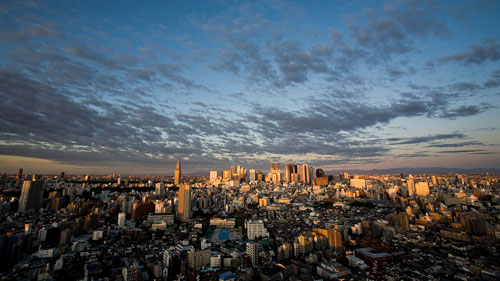





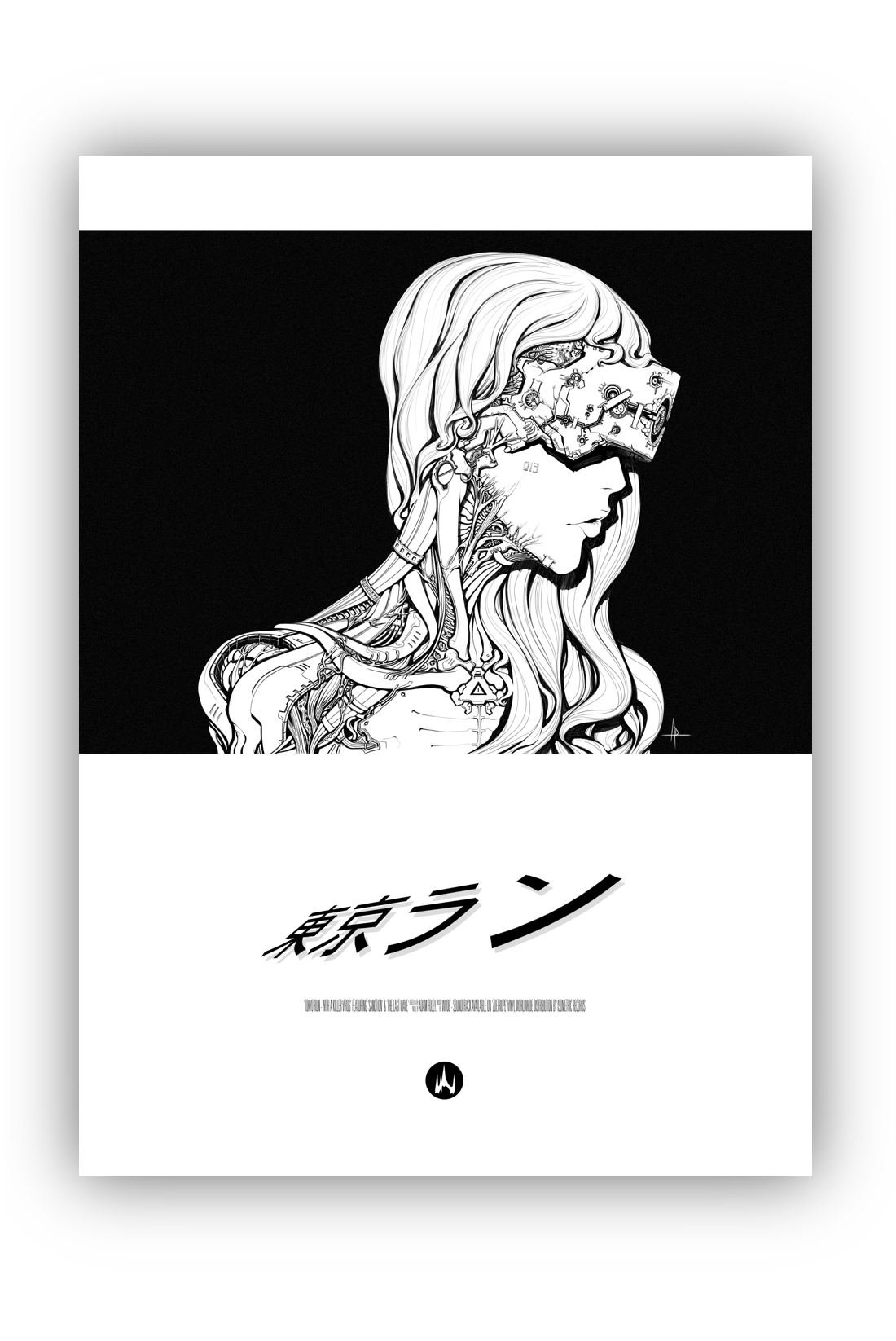
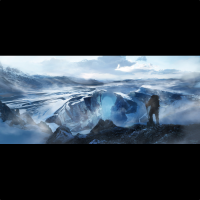
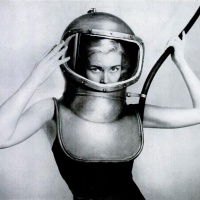
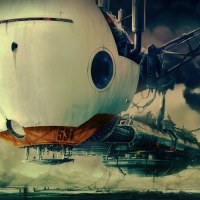
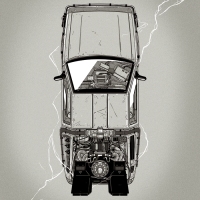
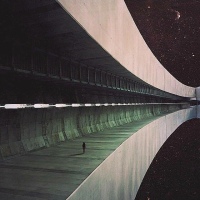
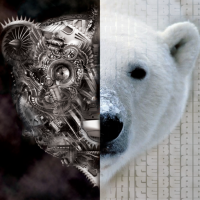
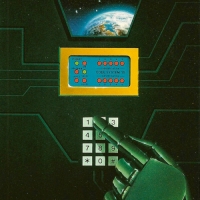
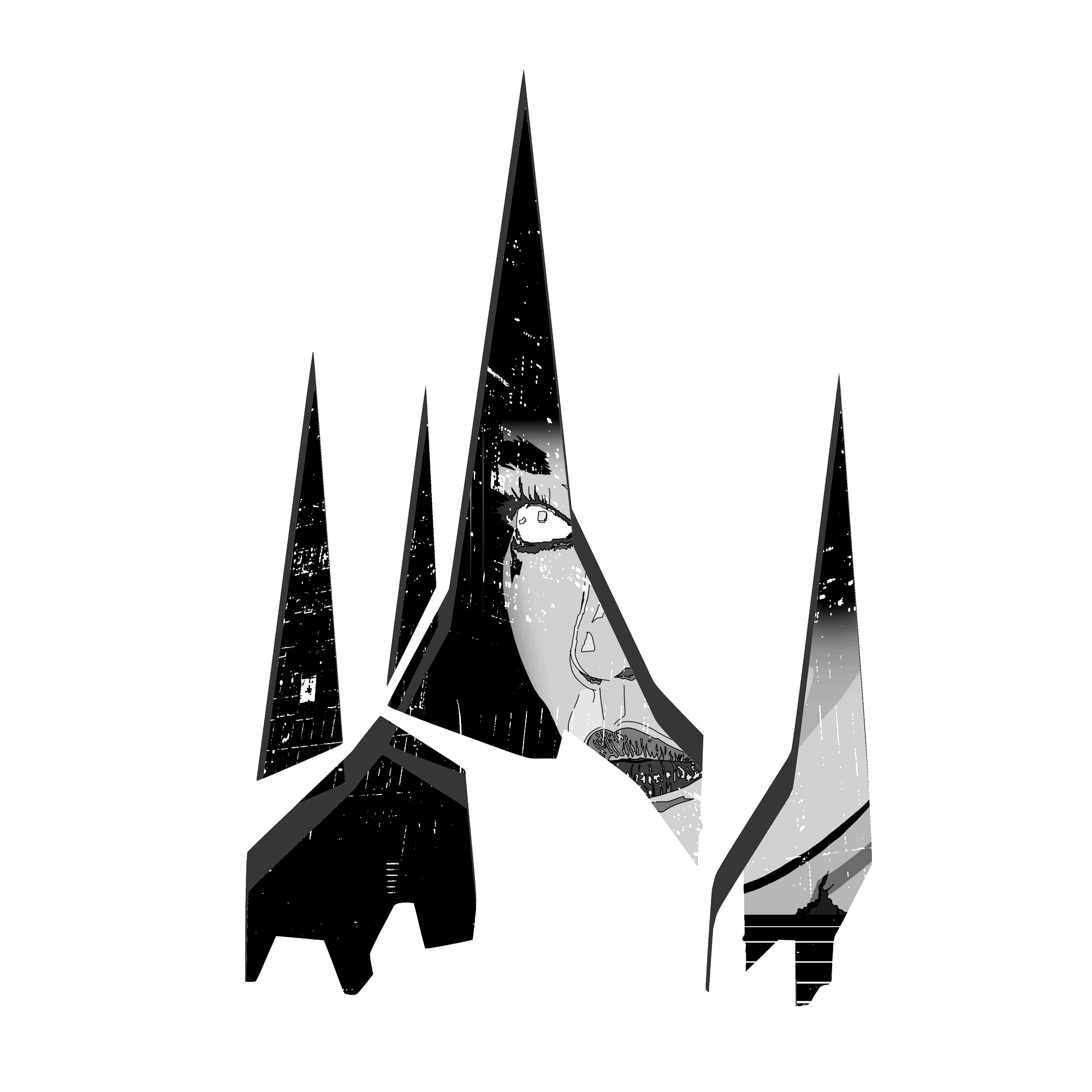
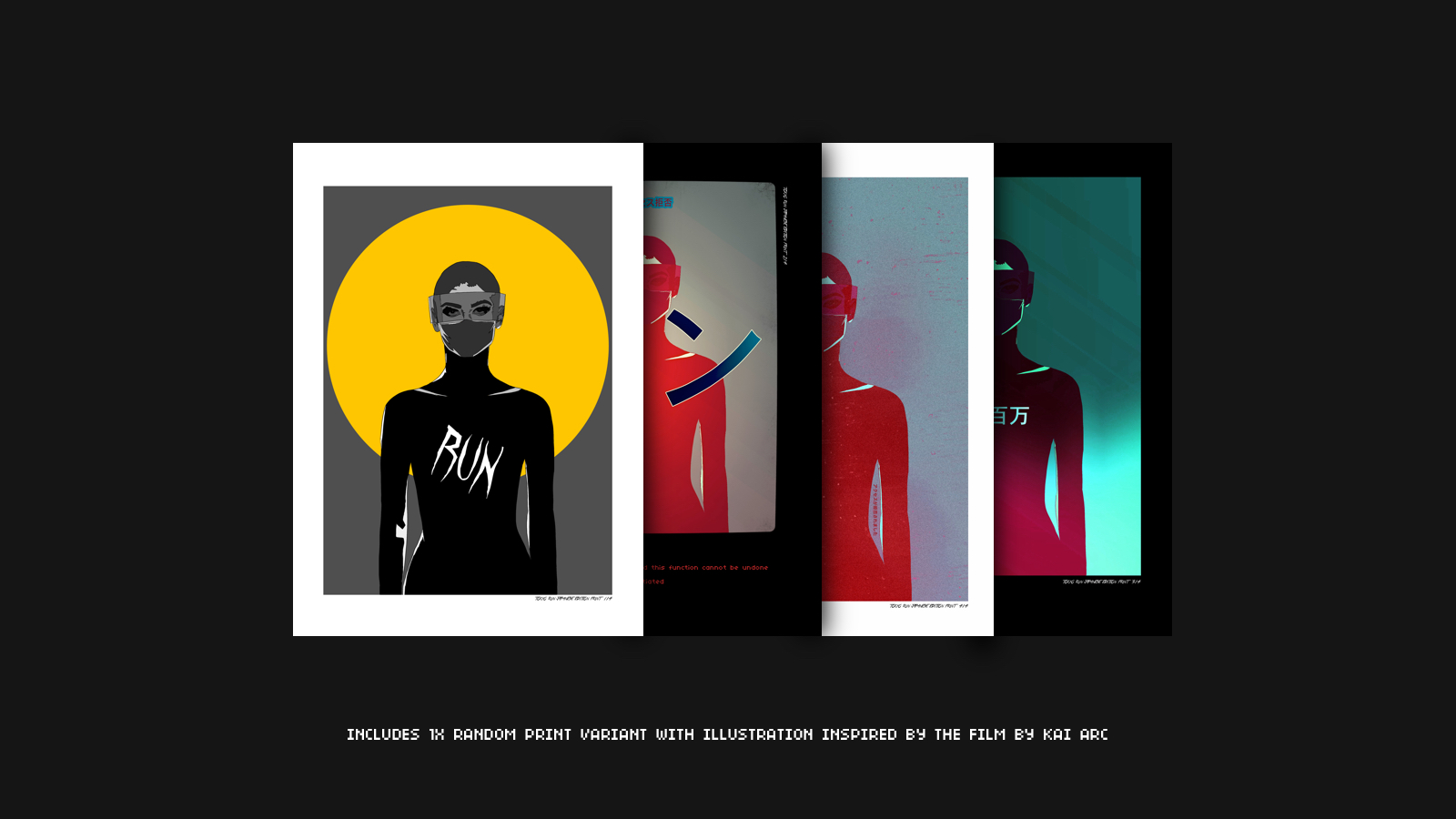


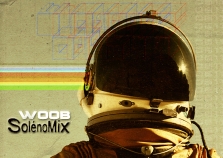
[…] process behind the making of Inter // States check out the interview with him at this very site. LINK Posted by season9 Filed in Film, Images, woob ·Tags: 5D, bigamoebasounds, canon 5d MKII, […]